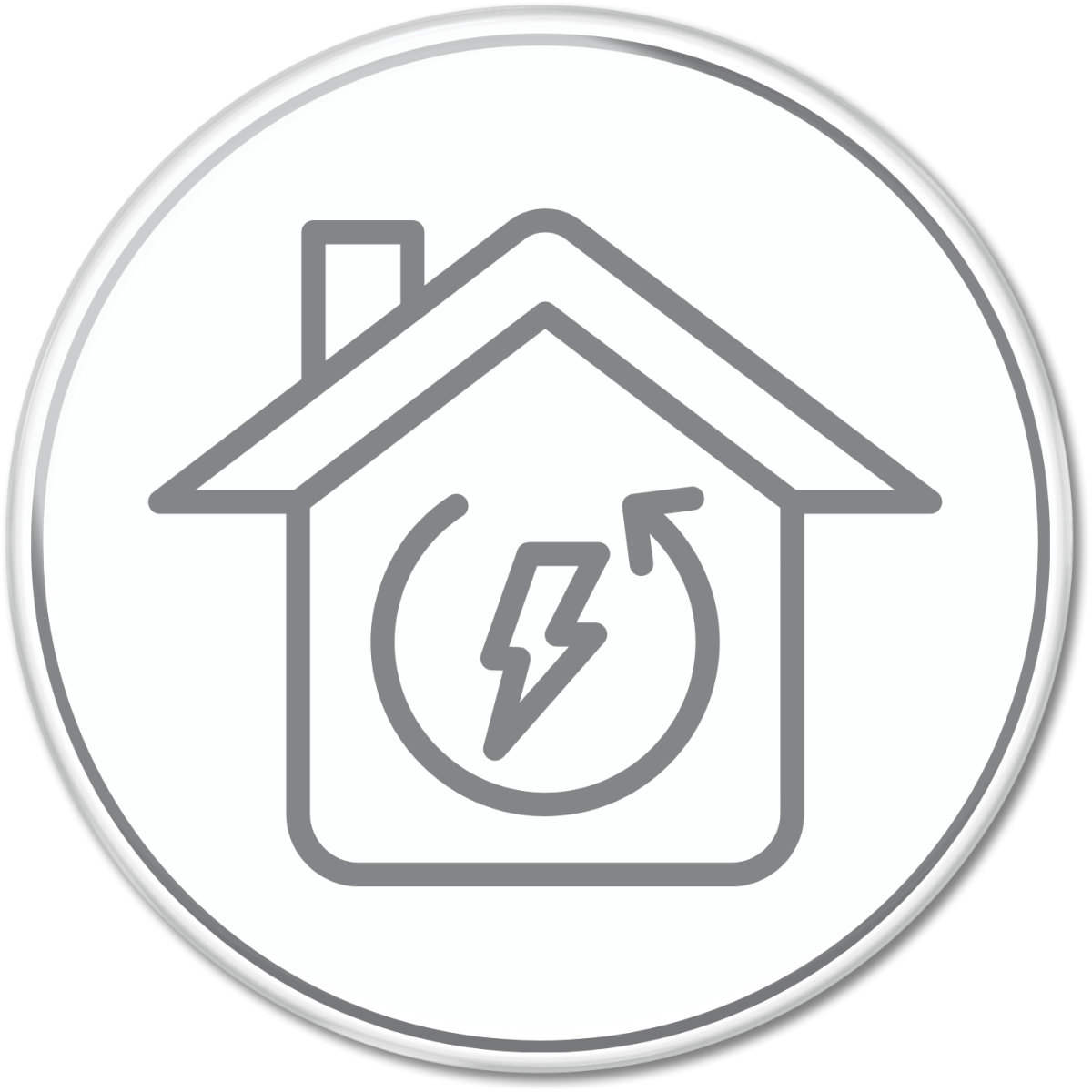Planibel G
Planibel G is a versatile low-emissivity glass that’s perfect for enhancing your home’s comfort and energy efficiency.
Ideal for both residential buildings and household appliances, Planibel G’s durability is unmatched. Thanks to its advanced pyrolytic production, this glass boasts high scratch resistance and an unlimited shelf life, ensuring your investment lasts for years to come. Plus, it’s easy to work with, making installation and maintenance a breeze.
When used in a double glazed unit, Planibel G offers improved performance, providing better insulation and energy efficiency.

Exploring The Benefits

Energy Efficiency
Keep the temperature of your room controlled, lowering your energy consumption and reducing the need for additional heating and cooling.
Low E Coating
Coating is applied that allows natural light through without emitting radiant heat, maximising light and energy efficiency.
Climate
Designed with a consideration for mixed and warmer climates or where mid-range solar control and insulation are desired.
DGU Application
Our DGU Pro range allows Planibel G to be used in a double-glazed unit. For optimized performance, we recommend exploring DGU Premium and DGU Max.
Easy Processing
Can be toughened, laminated, curved or used in DGU Pro.
Performance Data
| key2 | Tilt Tilt-angle (°) Angle of the glass relative to the horizon
|
Ug.w Ug (W/m².K) Heat-transfer coefficient (center-of-glass)
.w NFRC 100-2010 Winter Condition
|
Ug.s Ug (W/m².K) Heat-transfer coefficient (center-of-glass)
.s NFRC 100-2010 Summer Condition
|
SHGC SHGC (Range: 0 – 1) Solar heat gain coefficient
|
VLT VLT (Range: 0 – 1) Visible light transmittance
|
VLRf VLRf (Range: 0 – 1) Front Visible light reflectance
|
VLRb VLRb (Range: 0 – 1) Back Visible light reflectance
|
Tdw Tdw-ISO (Range: 0 – 1) Damage weighted transmittance
|
Tuv Tuv (Range: 0 – 1) UV transmittance
|
Sel. Selectivity (VLT/SHGC) Ratio of visible light transmittance over solar heat gain coefficient
Example:
|
rgbhex | Nom. Nominal thicknesses (mm) List of nominal thicknesses of the IGU components separated by the '+' symbol Example: 17.52:
6+12+6:
|
Total. Total thickness (mm) Total thickness of the glazing system; sum of component thicknesses |
Visual | fontcolour | |
|---|---|---|---|---|---|---|---|---|---|---|---|---|---|---|---|---|
|
Loading ITables v2.1.4 from the internet...
(need help?) |
Applications
External
- Doors
- Windows
- Shop Front
- Roof Glazing
- Frameless Glazing
*Application information attained from Oceania Glass
Specifications
How to Specify
*Specification information attained from Oceania Glass
